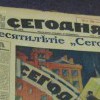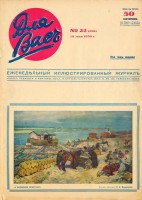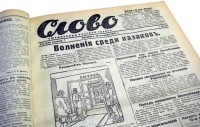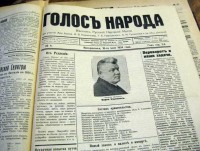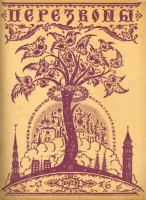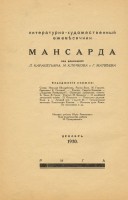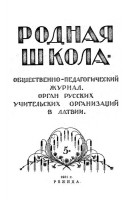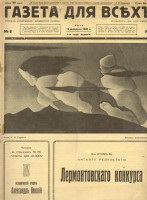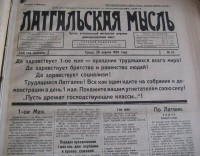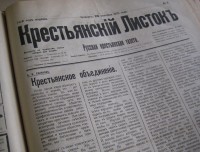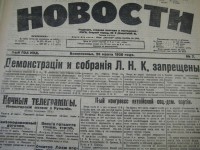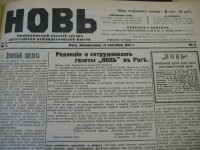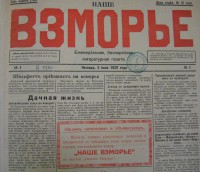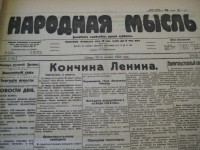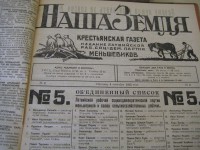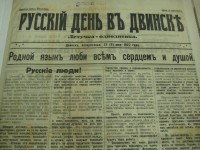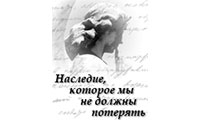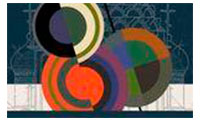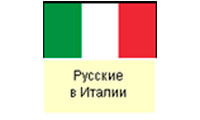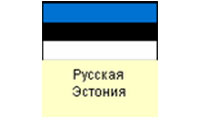Russian press of the interwar Latvia
In the period between the two world wars the Russian minority press took up a distinct position in the market for newspapers and magazines in Latvia, where at the time three intersecting information spaces had developed – the Latvian, Russian and the German. Not only Russians but also Latvians, Jews, Germans and Poles were the readers of the local Russian press. The most popular Russian publication was the Segodnya (‘Today’) newspaper, which was issued between 1919 and 1940. From 1924 an evening edition, Segodnya Vecherom, was published. The newspaper was widely known in the Russian emigrant milieu outside Latvia. Material was sent to the newspaper from famous Russian writers and poets – Arkady Averchenko, Konstantin Balmont, Ivan Bunin, Alexander Kuprin, Nadezhda Taffy and Ivan Shmelev. In the words of the researcher of the Russian press, Yury Abyzov, ‘the newspaper was not émigré, or anti-bolshevist, or European. It was considered itself Latvian, inasmuch as it catered for the multi-ethnic society of the republic, which had grown in an atmosphere of Russian culture’. And this pre-determined its success with readers.
At the end of 1924 the first edition of the Slovo (‘The Word’) newspaper was issued, of which the publisher was the Salamander insurance company headed by Nikolay Belotsvetov. However, the paper could not create any competition for Segodnya as it catered exclusively for the right-wing Russian reader. In 1929 the paper ceased publication. Such was also the fate of other publications of Salamander, amongst which the most significant was the weekly art and literature magazine Perezvony (‘Chimes’).
Over 70 newspapers and 80 magazines in Russian were published at different times in independent Latvia in the 1920’s and 1930’s. After the authoritarian regime came to power in 1934 journalists found themselves under press censorship. In 1940, after Latvia joined the USSR, all Russian newspapers in Latvia irrespectively of their political propensity were closed down, and many journalists suffered repression.
Sources of information:
Юрий Абызов. Русское печатное слово в Латвии. 1917–1944. Био-библиографический справочник. Части I–IV. – Stanford, 1990–1991.
Лазарь Флейшман, Юрий Абызов, Борис Равдин. Русская печать в Риге: из истории газеты Сегодня 1930-х годов. Книги I–V. – Stanford, 1997.
Юрий Абызов. Латвийская ветвь российской эмиграции
Юрий Абызов. 20 лет русской печати в независимой Латвии
Юрий Абызов. РИЖСКО-ПАРИЖСКИЙ ЖУРНАЛ "ДЛЯ ВАС"
Светлана Ковальчук. Судьба журнала "Закон и суд"
Людмила Нукневич. Былое и ... Разговор с историком культуры Борисом Равдиным
Latvijas Nacionālā Bibliotēka (tālāk – LNB)



